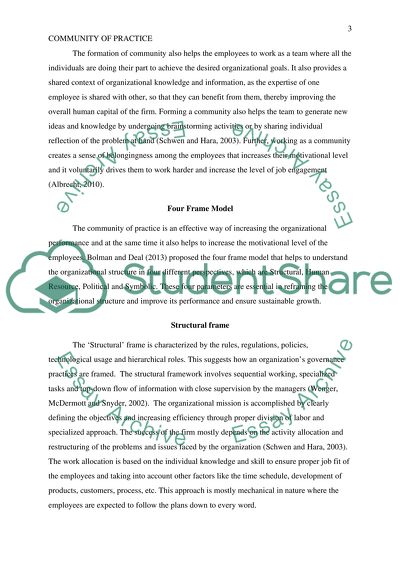Cite this document
(Community of Practice - Change Readiness, Resistance, and Success Coursework, n.d.)
Community of Practice - Change Readiness, Resistance, and Success Coursework. Retrieved from https://studentshare.org/human-resources/1679372-change-readiness-resistance-and-success
Community of Practice - Change Readiness, Resistance, and Success Coursework. Retrieved from https://studentshare.org/human-resources/1679372-change-readiness-resistance-and-success
(Community of Practice - Change Readiness, Resistance, and Success Coursework)
Community of Practice - Change Readiness, Resistance, and Success Coursework. https://studentshare.org/human-resources/1679372-change-readiness-resistance-and-success.
Community of Practice - Change Readiness, Resistance, and Success Coursework. https://studentshare.org/human-resources/1679372-change-readiness-resistance-and-success.
“Community of Practice - Change Readiness, Resistance, and Success Coursework”, n.d. https://studentshare.org/human-resources/1679372-change-readiness-resistance-and-success.


